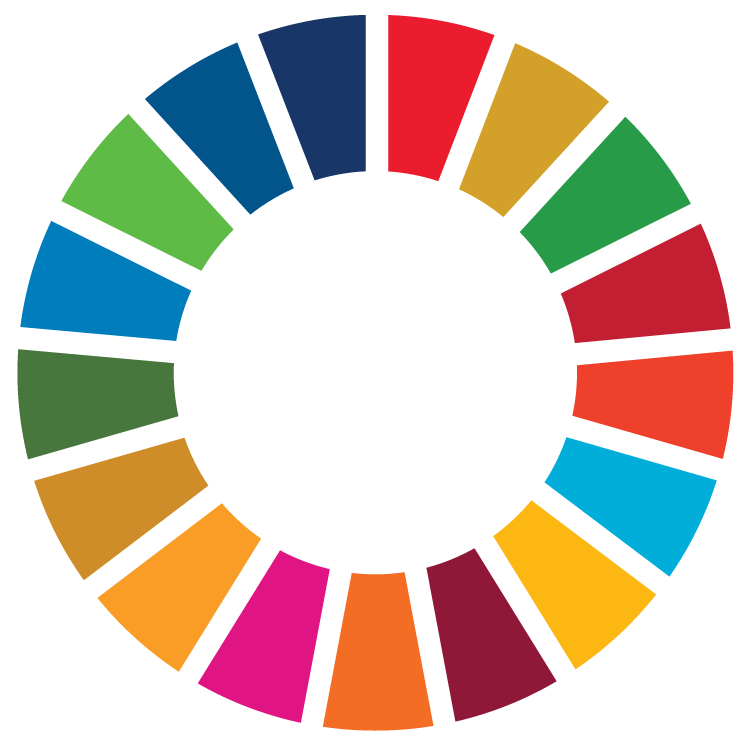Reporters: Mr. Sujinda Saehan, Mr. Ekkajak Intarat, Mr. Nitigon Jumniansuk, Mr. Thanet Sangseejun
Evidence Date: June 5th, 2024
Related SDGs: 
Related Indicators: 6.5.1, 6.5.3, 6.5.5, 6.5.6, 6.5.7
Details:
On June 5, 2024, Rajamangala University of Technology Srivijaya (RUTS), Trang Campus, in collaboration with Saengthong Wittayanusorn School, launched an educational project aimed at raising awareness about marine natural resources and their sustainable conservation. This initiative was organized by the Institute of Natural Resources and Environment at RUTS, under the direction of Assistant Professor Dr. Prasert Thongnoonuy, Director of the Institute, and led by Mr. Somphop Yee-Sun, Senior Fisheries Expert, and Assistant Professor Enek Sawain, of the Department of Marine Science and Environmental Studies, Faculty of Fisheries Science and Technology. The event also involved Saengthong Wittayanusorn School, Nakhon Si Thammarat, led by Principal Mr. Phongsanarin Saengthong and Teacher Ms. Thitinan Sukjai, who was responsible for the project.

The project, titled “Marine Natural Resources Education for Sustainable Conservation”, took place from May 4–5, 2024. The goal was to foster awareness and instill a sense of responsibility among students regarding the conservation of marine resources and coastal ecosystems. Additionally, the project aimed to educate students about the importance of marine biodiversity, environmental protection, and sustainable practices.
The event featured various activities, including educational lectures on the geography and general conditions of coastal areas, and hands-on learning at the Rajamangala Trang Aquarium Museum. The students explored marine life within the aquarium, visited breeding stations for marine species, and participated in volunteer activities focused on planting mangroves to restore coastal ecosystems. These activities were part of a celebration marking Her Majesty Queen Suthida Bajrasudhabimalalakshana’s 46th birthday, which highlighted the importance of coastal ecosystem restoration.
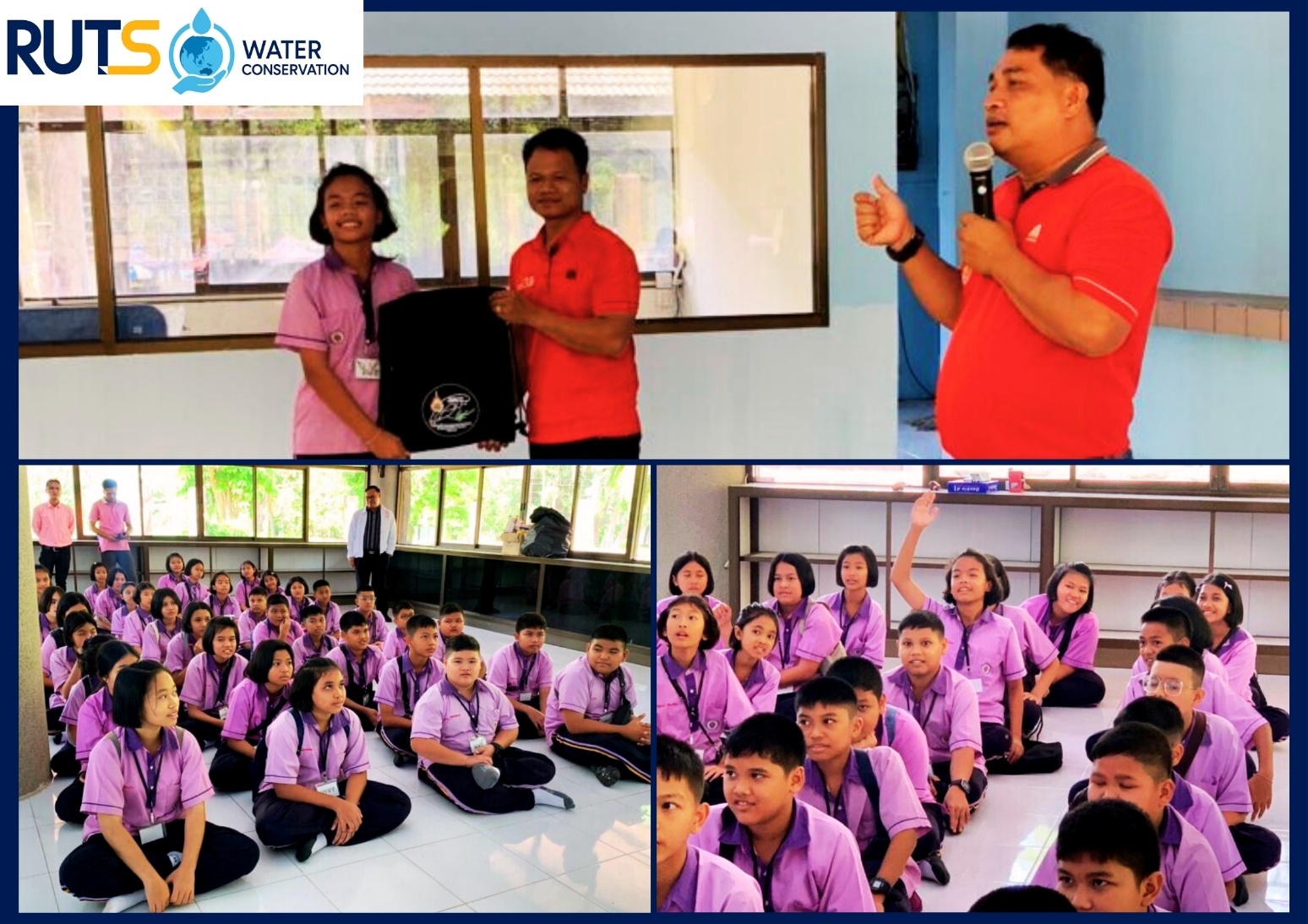
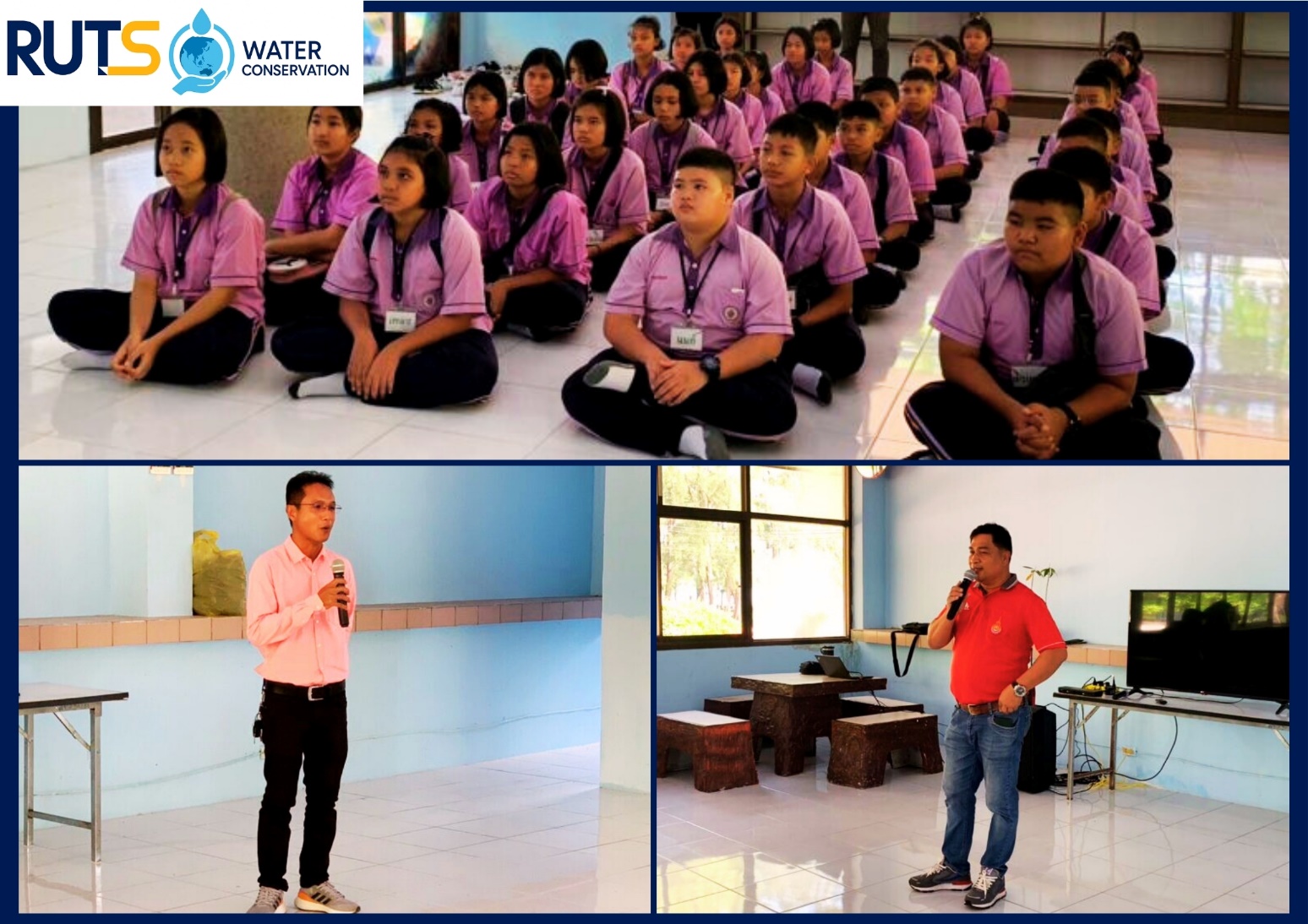
One of the key initiatives included a campaign to promote the recycling of marine debris. Students engaged in a creative project called “Recycle to Re-Life”, where they used waste from the ocean to create functional objects, such as pencil holders and lamps made from plastic bottles. This initiative was designed to encourage students to think critically about waste management and reuse, empowering them to take actionable steps toward sustainability.
The activities of this project directly align with the United Nations Sustainable Development Goal (SDG) 6: Clean Water and Sanitation. By promoting sustainable practices in marine conservation, the project contributes to protecting water ecosystems, which are vital for the health of both marine and terrestrial environments. Specifically, the event’s focus on reducing marine pollution, promoting responsible waste disposal, and fostering knowledge about sustainable coastal management directly impacts the conservation of water resources and the preservation of aquatic ecosystems.
Through efforts like mangrove restoration, which helps filter pollutants and prevent erosion, and the awareness campaign around marine litter, the project supports cleaner coastal waters and a more sustainable approach to water management. Additionally, these initiatives encourage participants to consider the broader impacts of their actions on water quality and the marine environment, further supporting SDG 6’s call for clean water and sanitation for all.
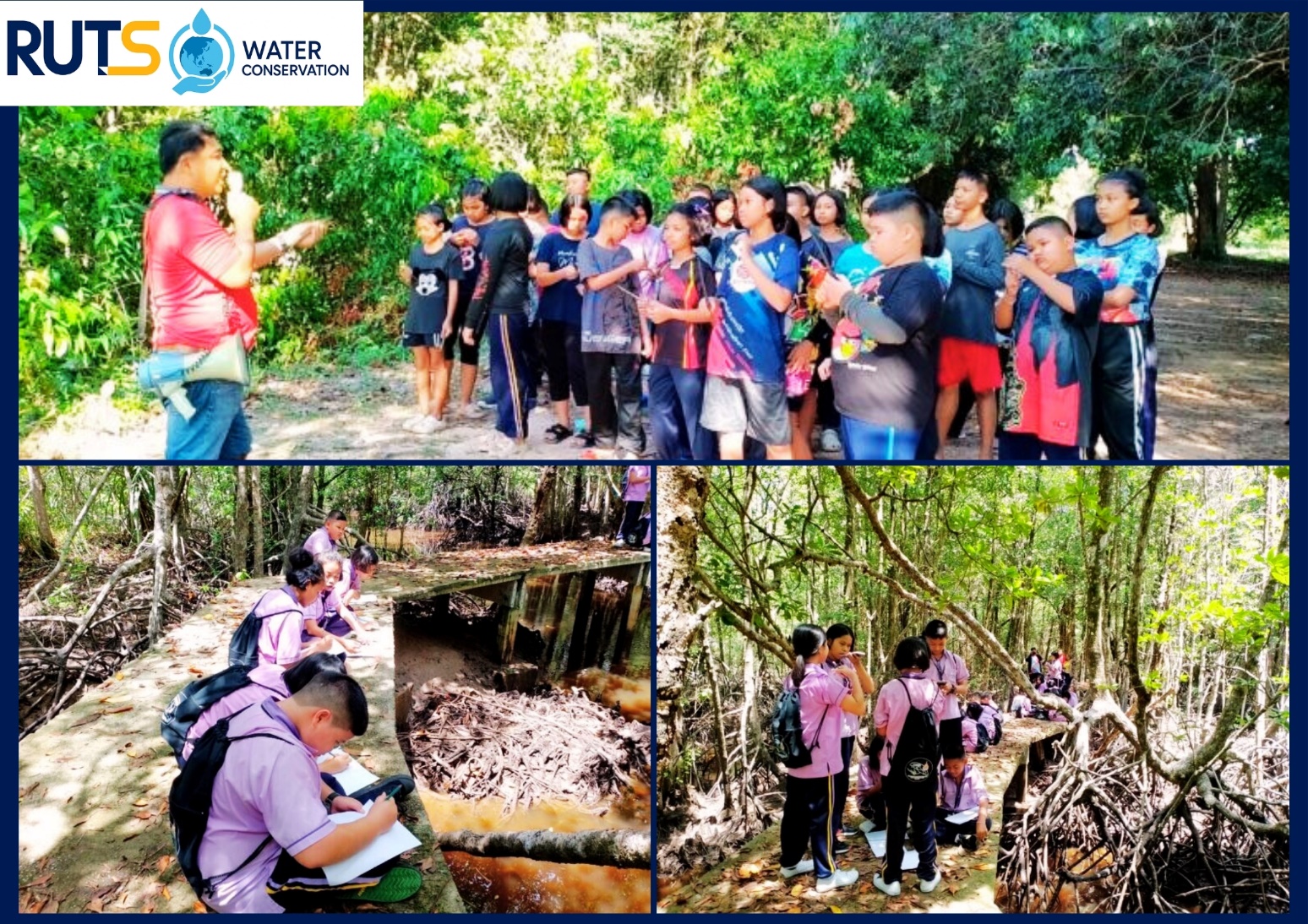
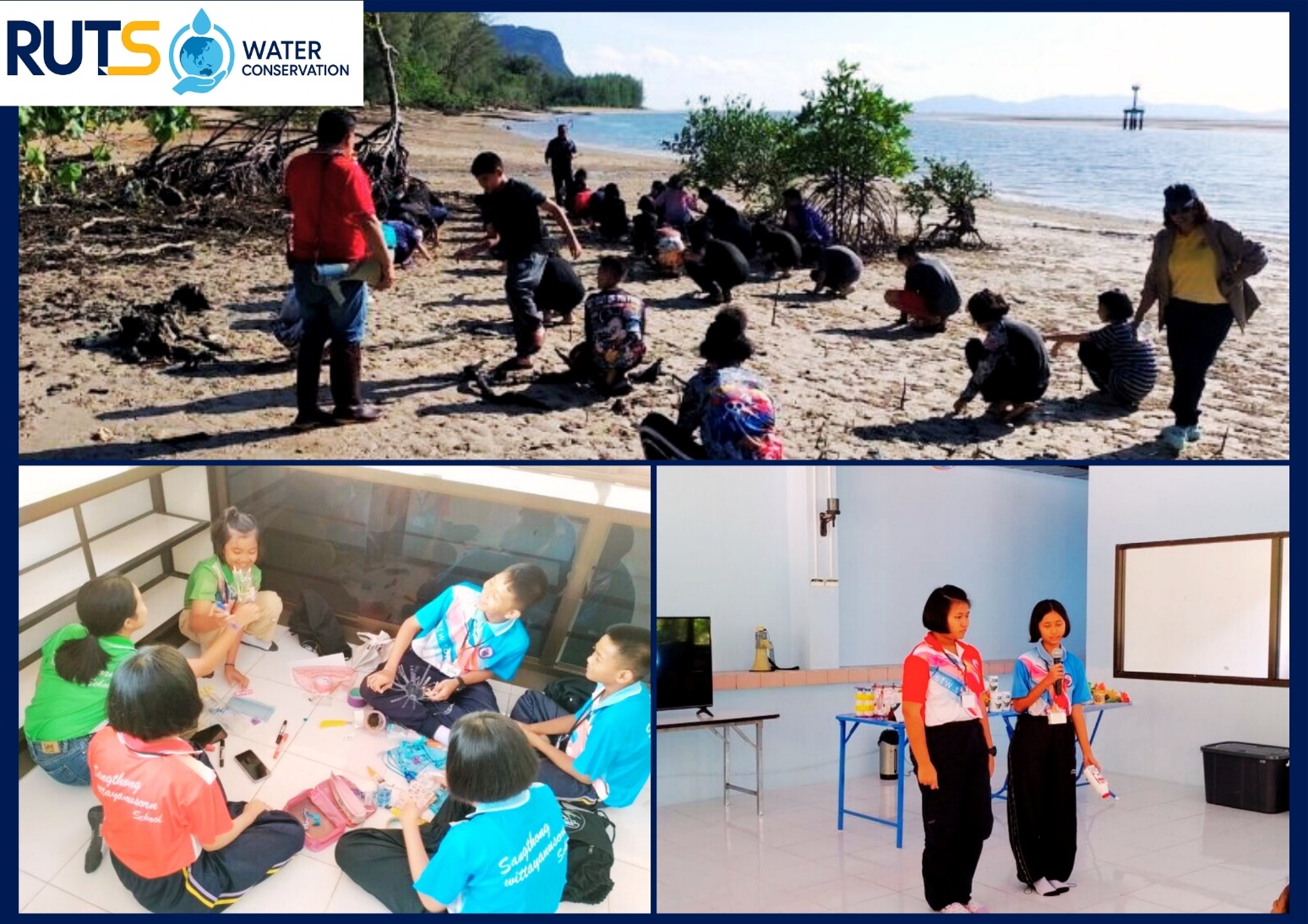
In a broader sense, the project also touches on other SDGs, such as SDG 14: Life Below Water, which aims to conserve and sustainably use the oceans, seas, and marine resources. By providing students with the tools and knowledge to engage in marine conservation, the initiative empowers future generations to take on environmental challenges and work toward restoring and protecting vital aquatic ecosystems.
Through integrated learning and community-based action, the project not only impacts local students but also sets a positive example for surrounding communities, demonstrating the importance of sustainability in everyday life. By involving both students and teachers in hands-on activities and community outreach, the project fosters a sense of shared responsibility for the environment, which is a crucial step toward achieving long-term sustainable development goals.
Related Links:
